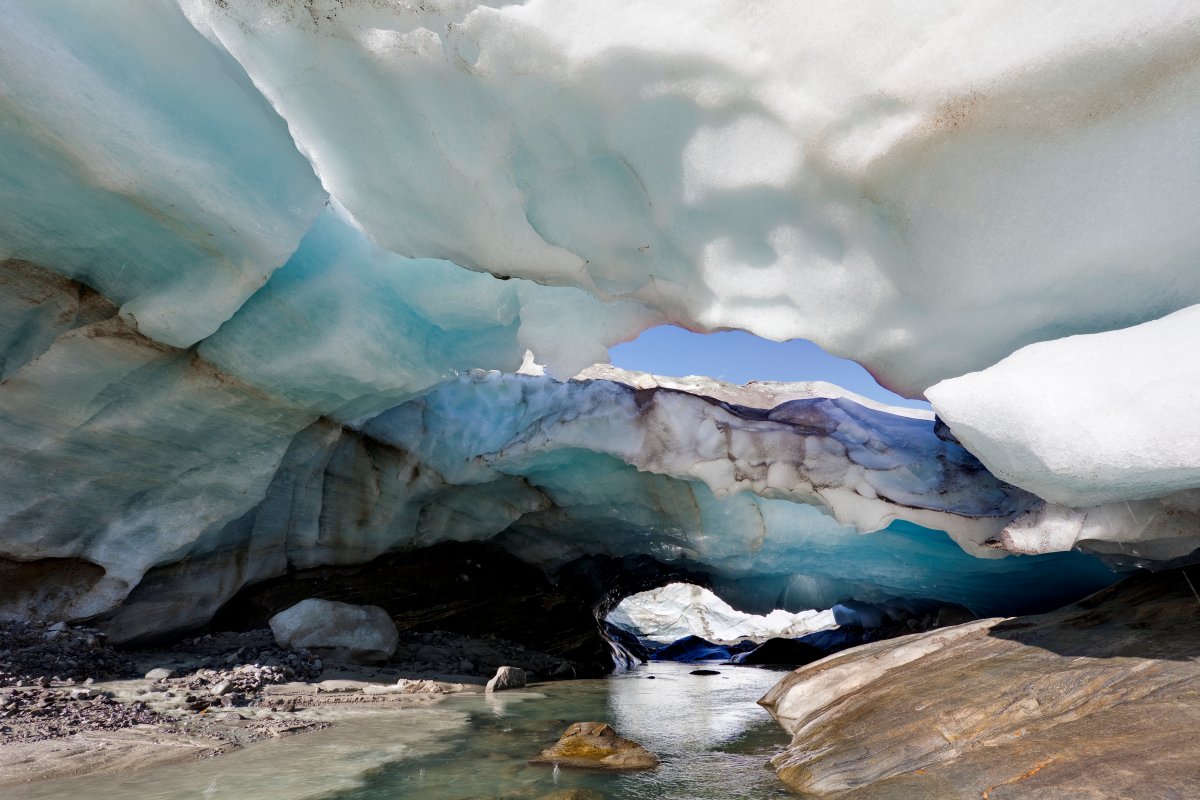A glacier in Austria that has seen unprecedented melting in recent years has given up the body of a man believed to have died while skiing over 20 years ago.

A mountain guide found the remains of the man on Friday high up in the Austrian Alps on the Schlatenkees glacier, police said. The remains had clearly been there for some time, they added.
The guide called police in Lienz who were able to retrieve the body with a helicopter. The glacier is located in the Hohe Tauern national park in eastern Tyrol province, near the Italian border. The body was found at an altitude of about 2,900 metres.
A few metres below the body, rescuers discovered a backpack containing cash, a bank card and a driving licence. The man also had ski touring equipment with him. It’s believed he died in an accident on the glacier.
Police have tentatively identified the remains as belonging to an Austrian man who was 37 at the time. Authorities believe he died in 2001, meaning the man may have been encased in ice for 22 years.
DNA testing is being carried out to officially confirm the man’s identity, but those results are not expected for another few weeks, police said.
This discovery comes on the heels of other human remains that were found on the same glacier less than two months ago, AFP reported.
A group of alpinists found human remains and parts of skis on the Schlatenkees glacier in late June. Police believe these remains could also be decades old, though the body has yet to be identified.
“It is rather rare that human remains and an entire corpse are found on a glacier within such a short period of time,” Tyrol police spokesperson Christian Viehweider told AFP.
According to the Austrian Alpine Club’s annual report, Schlatenkees has seen the largest loss of ice out of all of Austria’s glaciers in recent years. During the 2021-22 reporting period, the glacier retreated 89.5 metres.
Since 2019, the glacier has receded up to 100 metres, according to data from Greenpeace Austria.
As glaciers increasingly melt and recede due to climate change, objects and human remains once lost to the ice can be revealed.
In 2011, bones were discovered on the Schlatenkees glacier that were believed to belong to a local man who went missing in 1957, more than 50 years prior.
Last month in neighbouring Switzerland, police said they found the body of a German mountaineer who disappeared in 1986 on a glacier near the Matterhorn.
A study published in Science early this year found that around half of the world’s glaciers could disappear by the end of the century, even if ambitious climate targets are met. If the world is able to cap global temperatures from rising beyond 1.5 C — a target we are not on track to meet — the world’s glaciers could still lose about a quarter of their land mass.
Such a scenario would have wide-reaching effects on humans, as melting glaciers contribute to sea levels rising and nearly two billion people rely on glaciers for fresh drinking water.
Glaciologist Lindsey Nicholson at the University of Innsbruck told CNN that “glaciers are undergoing a long-term trend of melting.” This trend is expected to continue as each winter brings less and less snow to replenish what is melted away in the hotter seasons.
“The reduced snow amount is also partly coupled to the change in temperatures, because what happens is some of the precipitation that … would have come in the form of snow, now comes in the form of rain. That does not help the glaciers, it works against them,” she said.
“If we continue with the emissions we are transmitting now, we are looking at a largely deglaciated Alps region for generations to come – and that is very sad.”







Comments